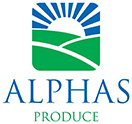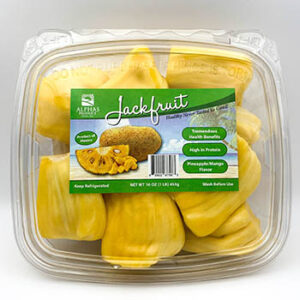Fiddlehead ferns are the furled fronds of a young fern, harvested for use as a vegetable. These are collected before the frond has opened and reached its full height. They are named for their resemblance to the scroll-like ornamentation (fiddleheads) on the end of stringed instruments, such as violins. Here’s why fiddlehead ferns are considered great, both from a culinary and nutritional perspective:
Culinary Appeal
- Unique Flavor and Texture: Fiddlehead ferns have a slightly grassy, nutty flavor, often compared to a cross between asparagus, spinach, and young green beans. They have a crisp texture that can add a fresh, springy element to dishes.
- Versatility: They can be cooked in various ways, including steaming, boiling, sautéing, and pickling. Fiddleheads make a great addition to salads, pasta dishes, omelets, and are delicious when simply sautéed with garlic and butter.
Nutritional Benefits
- Rich in Nutrients: Fiddlehead ferns are rich in vitamins A and C, which are important for immune function and skin health, respectively. They also contain fiber, which can help with digestion and satiety.
- Antioxidant Properties: They have antioxidant properties due to their high content of certain phytonutrients, which can help protect the body against free radicals and may reduce the risk of chronic diseases.
- Low in Calories: Fiddlehead ferns are low in calories, making them a great addition to any diet, especially for those looking to manage their weight.
Sustainability and Foraging Aspect
- Sustainability: Foraging for fiddlehead ferns can be a sustainable practice when done responsibly. It encourages people to connect with nature and understand the source of their food.
- Seasonality: The short season of fiddlehead ferns, typically in early spring, makes them a sought-after seasonal delicacy in many regions, promoting the consumption of local and seasonal produce.
Precautions
- Proper Identification and Cooking: It’s important to correctly identify fiddlehead ferns before consumption, as some ferns can be toxic. The fiddleheads of the ostrich fern are most commonly foraged and eaten. They should be thoroughly cooked to avoid foodborne illness, as raw or undercooked fiddleheads can cause discomfort.
Fiddlehead ferns offer a unique combination of taste, nutrition, and an opportunity to engage with the natural environment. However, it’s crucial to harvest and prepare them properly to ensure they’re safe and enjoyable to eat.


